When the images of Zen dances appear, moving to the music on the wall of the National History Museum, the feeling of Buddhism in the Ly Dynasty becomes much closer to the public. Those images are part of the thematic exhibition "Zen Dances - Buddhist Art of the Ly Dynasty: Heritage and Technology", organized by the museum and the Institute of Asian Civilizations.
Dr. Nguyen Van Doan, Director of the National History Museum, said that the exhibition has typical artifacts, selected from the Ly Dynasty Buddhist heritage preserved here, containing the most unique values of Buddhist art of this period. Among them are architectural artifacts bearing royal imprints, or dancing fairies, decorated on the base of a white-glazed ceramic tower model (12th - 13th century).
According to Dr. Nguyen Van Doan, the exhibition also includes interpretations and projections using 3D mapping, hologram, digital revival techniques... to recreate the heritage, giving viewers a more engaging and profound experience. The exhibition includes clips about architecture, rotating images of artifacts, and dances believed to be of Ly Dynasty Buddhism.
Dance "extracted" from the foundation
Recreating "static" artifacts into moving stories is not unfamiliar to Associate Professor Dr. Bui Minh Tri, Director of the Institute of Asian Civilization Studies. When he was Director of the Institute of Imperial Citadel Studies, he once told the story of the hobby of keeping ornamental birds in the Imperial Citadel of Thang Long through images after the bird cage artifact was discovered by archaeologists.
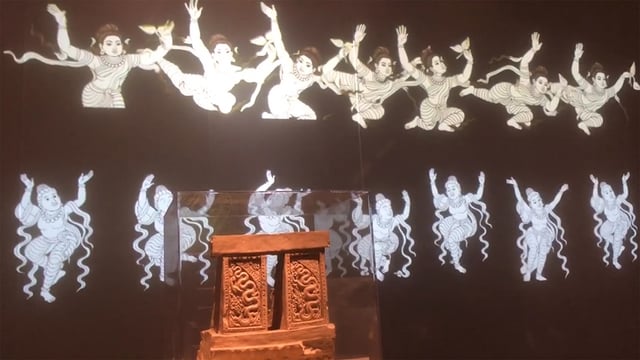
The dance is reenacted
PHOTO: TRINH NGUYEN
Of course, the above images are not natural or "self-made" by experts. The image of the dance was given by Mr. Tri based on images on Ly Dynasty artifacts. That is the stone pedestal (1057) at Phat Tich Pagoda (Bac Ninh), with four sides decorated with images of people playing music, and images of offering flowers to Buddha in a Buddhist ceremony. On each side there are people playing the mouth drum, pulling the two-stringed erhu, playing the flute, playing the guqin, playing the cymbal, playing the pipa, playing the moon lute, playing the flute, playing the bongo drum... Or the image from the Kinnari statue playing the stone drum (1057) also at the above pagoda. This statue of a mythical creature in Buddhism and Hinduism symbolizes the stars, beauty, music and art...
These images, according to researchers, represent the pinnacle of carving art, reflecting the flourishing development of Buddhism during the Ly Dynasty and are valuable documents on Buddhist rituals and the lives of contemporary residents.
Regarding the exhibits on display, Associate Professor, Dr. Bui Minh Tri commented: "The artistic heritage of the Ly Dynasty, from the pagoda and tower architecture with soft, graceful lines like flying dragons, to the Buddha statues with gentle, compassionate beauty, are all imbued with the simple yet profound spirit of Zen Buddhism, while also reflecting the subtle absorption and fusion of influences from Champa art, and especially from Dai Viet civilization with neighboring northern countries."
Mr. Tri also talked about Buddhist music and dance during the Ly Dynasty: "During the Ly Dynasty, Buddhism was the national religion, music and dance became a means of spreading teachings and practicing rituals; musical instruments and melodies were influenced by major cultures such as India and China but were deeply Vietnamized. Buddhist rituals were solemnly held with solemn music under the patronage of the royal court."
According to experts, Ly Dynasty Buddhist music and dance is also a unique confluence of royal court music traditions and religious ritual practices. "However, this invaluable intangible cultural heritage has not yet received systematic and in-depth research investment commensurate with its historical stature and cultural value," said Associate Professor, Dr. Bui Minh Tri.
Source: https://thanhnien.vn/lung-linh-vu-khuc-thien-mon-thoi-ly-185250516231024001.htm


![[Photo] Prime Minister Pham Minh Chinh inspects and directs the work of overcoming the consequences of floods after the storm in Thai Nguyen](https://vphoto.vietnam.vn/thumb/1200x675/vietnam/resource/IMAGE/2025/10/08/1759930075451_dsc-9441-jpg.webp)


![[Photo] Prime Minister Pham Minh Chinh attends the World Congress of the International Federation of Freight Forwarders and Transport Associations - FIATA](https://vphoto.vietnam.vn/thumb/1200x675/vietnam/resource/IMAGE/2025/10/08/1759936077106_dsc-0434-jpg.webp)






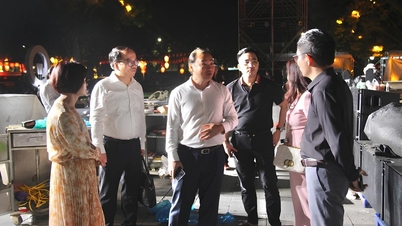

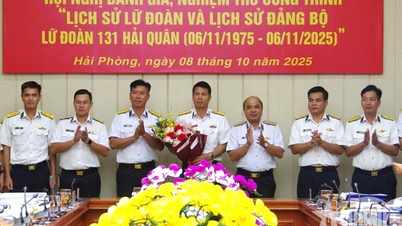





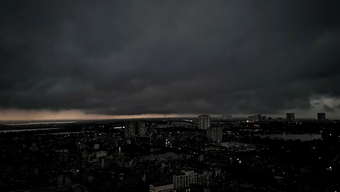

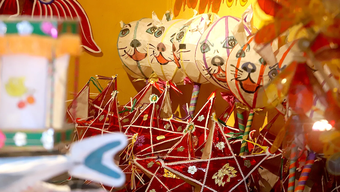
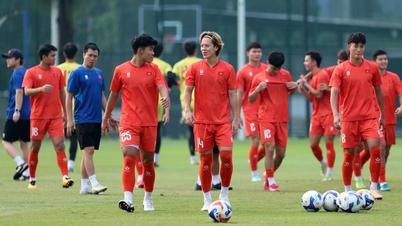






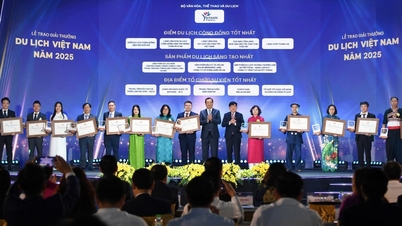





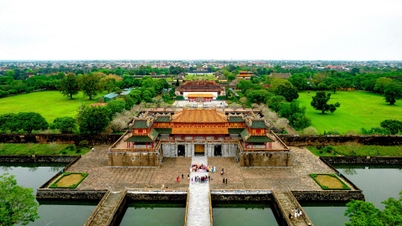





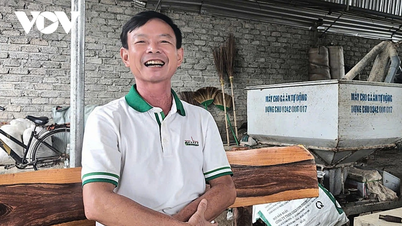

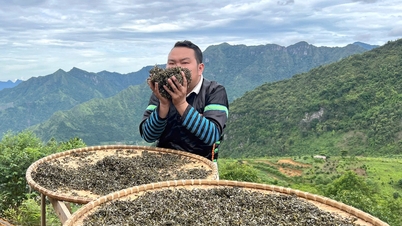


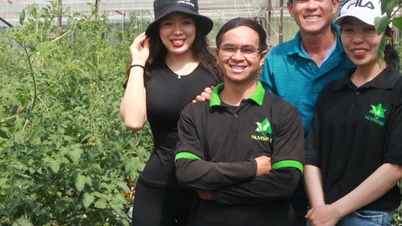

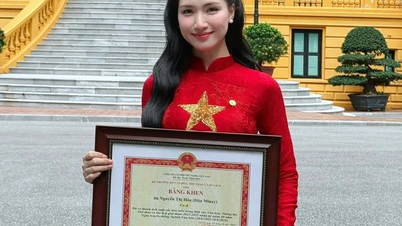
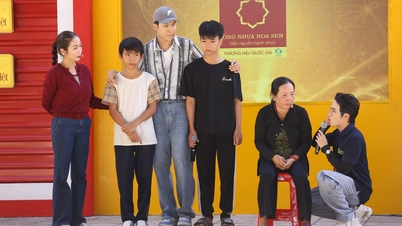
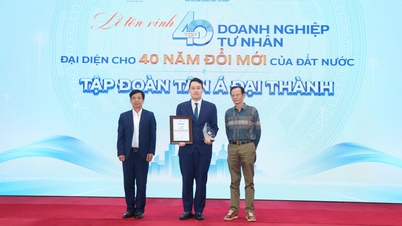









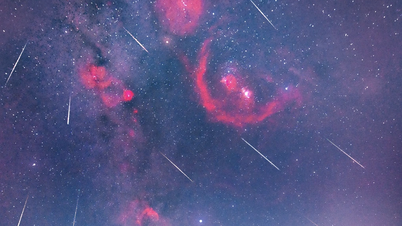


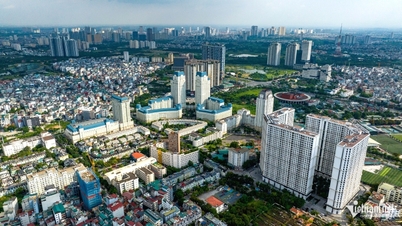






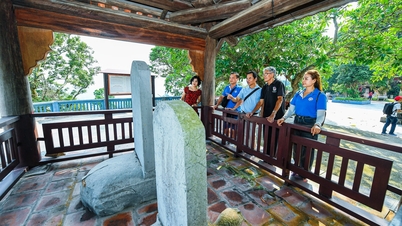






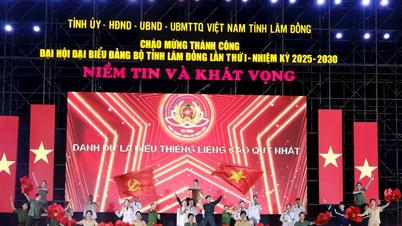

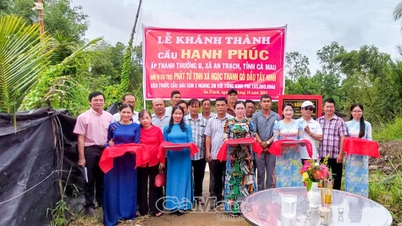





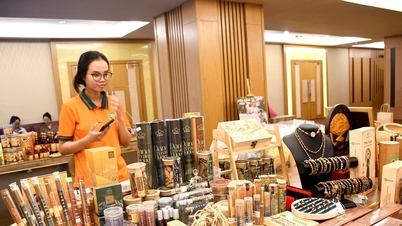




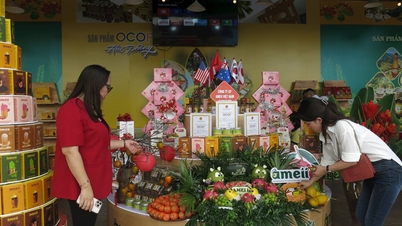

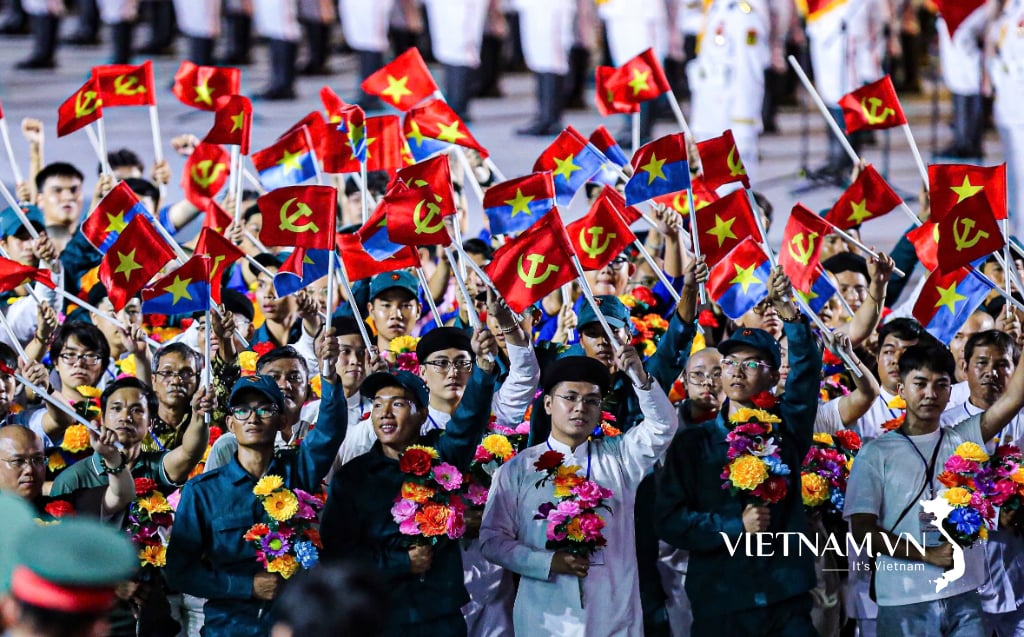


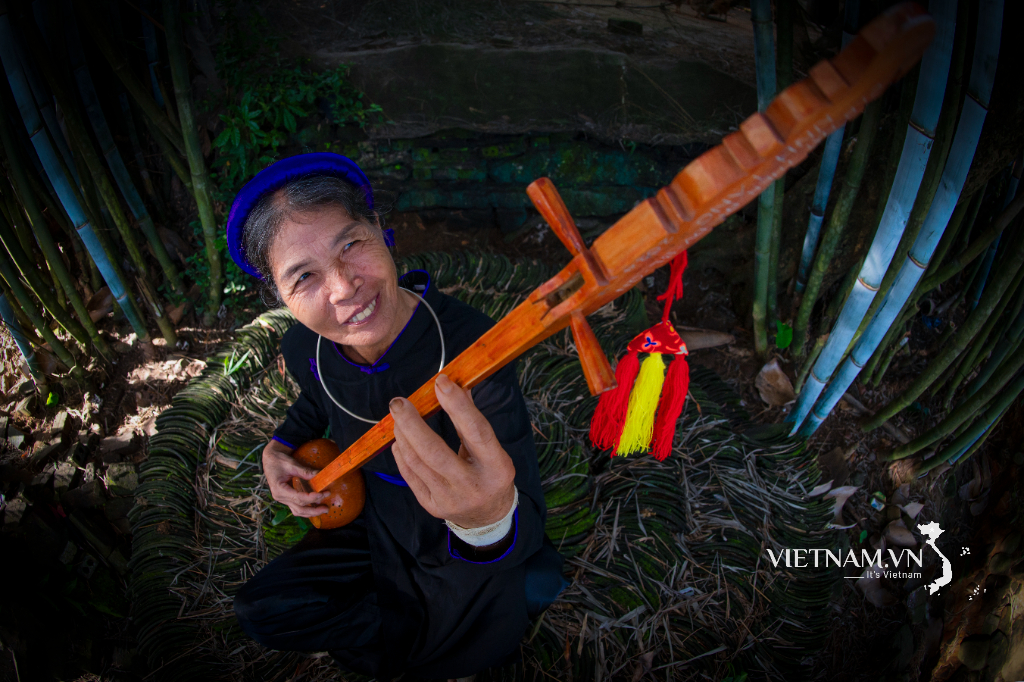
Comment (0)